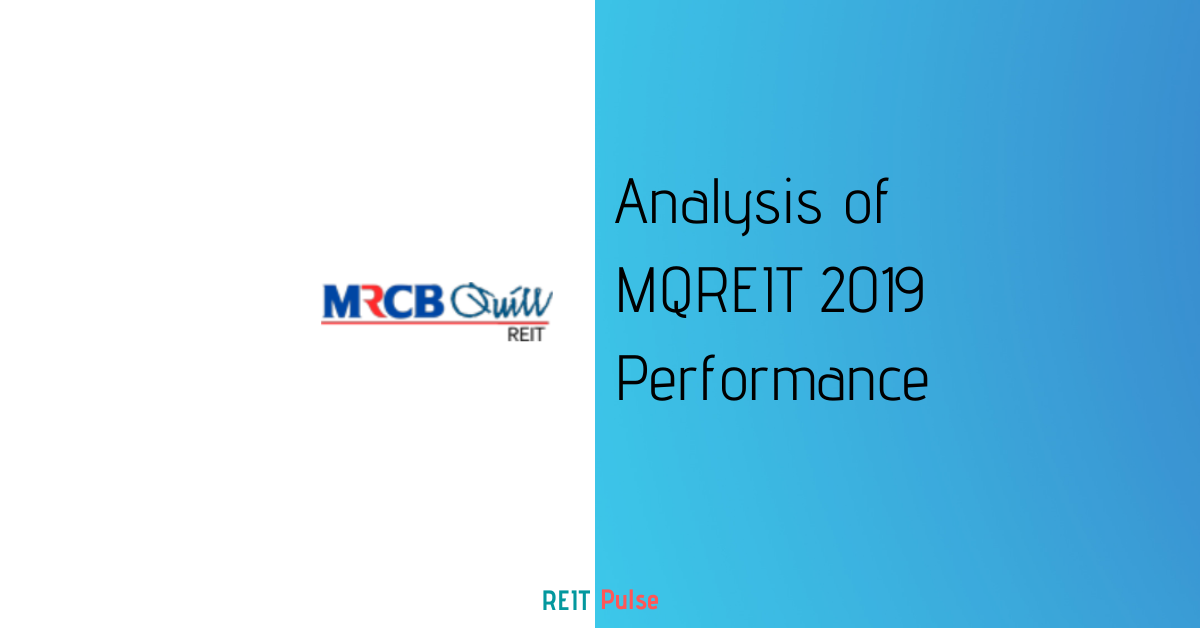
In this series today, we will be discussing more on how REITs raise capital to acquire properties and enhanced their assets. For those who are familiar with REITs, you would have known that to avoid paying corporate taxes, most REITs distribute 90% of their taxable income.
Read More: What are REITs and things you should know about REITs
As a result of the regular large distributions, there aren’t sufficient retained earnings for investment purposes. As such, the only way REITs fund their further acquisition and asset enhancement initiate is through raising capital.
There are a few ways REITs can carry out their fundraising.
1) Initial Public Offering
The first way REITs raise capital is from investors/unit holders through an initial public offering (IPO). For those who are not familiar with what an IPO is, it is basically a process of offering shares of a private corporation to the public. This allows the REITs to raise capital from public investors and at the same time allowing investors to have partial ownership of the REITs.
Upon a successful IPO, REITs will then be listed in the stock market. The capital raised is then subsequently used to purchase a pool of real estate assets.
Investors who are keen to participate in the IPO of REIT should definitely read up the prospectus shared by the REIT prior to the IPO. The downside of buying a REIT during the IPO is that investors would not have a good gauge of the historical performance of the REITs.
Impact of IPO:
- Reduces gearing ratio
- Enlarge share base
- Payment to shareholders via dividend
2) Debt
The second way REIT raise capital is through debt financing. Debt is a very common instrument use by REITs and almost all REITs has debt financing. Given the fact that REITs regularly make large income distributions, borrowings are vital for REITs growth.
When it comes to debt, there are a few things investors need to know about:
- When debts are involved, REITs would then have to pay interest in return for their borrowings. There are typically two types of borrowings being fixed interest rate borrowings and variable interest rate borrowings. We have previously discussed how interest rate affects REITs and hence, it is vital that a REIT manager find a great balance between debt and equity financing.
- Given the heavy reliance on debt for future growth, there are certain restrictions imposed to avoid them from being overly leveraged. In Malaysia, there is a leverage limit cap of 50% and in Singapore, leverage limit cap of 45% (with a recent announcement to increase the limit to 50%).
Debt financing does not last forever and is very much dependent on the tenure of the term of the loan/borrowings. Upon the maturity of the loan, debt refinancing is then crucial for the running of the REITs.
Impact of debt financing:
- Increase in the gearing ratio
- No change to share base
- Increase in finance expense
3) Private Placement and Right Issues
Right issues and private placement are another form of equity financing REIT manager can seek after for financing. These method of financing are very common. Debt financing itself will not be sufficient in raising capital given the leverage limit imposed on the REITs. Hence, the REIT manager will usually find a balance on both equity and debt to finance their further asset acquisition.
So what is the difference between rights issues and private placement?
- A rights issue is a method of which REITs raise additional capital in return for shares. Instead of going public to raise additional fund, they give the existing shareholder the right subscribe to issued shares in proportion to their current holdings.
- A private placement, on the other hand, is a method of which REITs issue shares to accredited investors such as investment banks, mutual funds, and etc in return for capital.
Both the right issues and private placement involve the issuance of shares of which dilution of shares would occur.
Impact of a rights issue and private placement:
- Reduces gearing ratio
- Enlarge share base
- Payment to shareholders via dividend
4) Perpetual Securities
Another way REIT raise capital is through the issuance of perpetual securities. Perpetual securities promised the holder fixed interest payment, somewhat similar to a bond. The only difference is that they are treated as equity instead of debt. As such, they do not increase the gearing ratio. Though it is treated as equity, to be prudent, investors can treat is as a debt.
Summary
In summary, there are generally two ways REIT raise capital being equity financing and debt financing. This is an essential process which is crucial for acquisition and asset enhancement initiative given the nature of REITs. As investors, it is then important to evaluate how the REIT manager make these decisions as it is a crucial aspect of every REIT. Constant debt financing will result in over-leveraging and constant equity financing will result in the enlarging of share base.
Hopefully, the following would give you a clearer picture of how REITs raise capital. If you are just getting started, feel free to read more of our REIT Guide and REIT Analysis. You can also read more about what REITs are if you are new to REITs.
Do join our community over at Facebook and Instagram.






One Comment